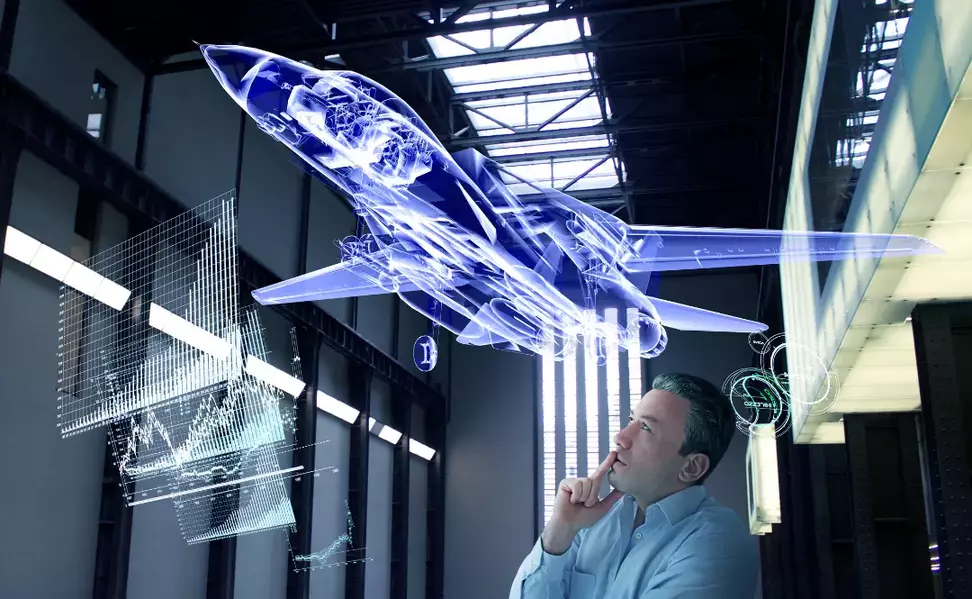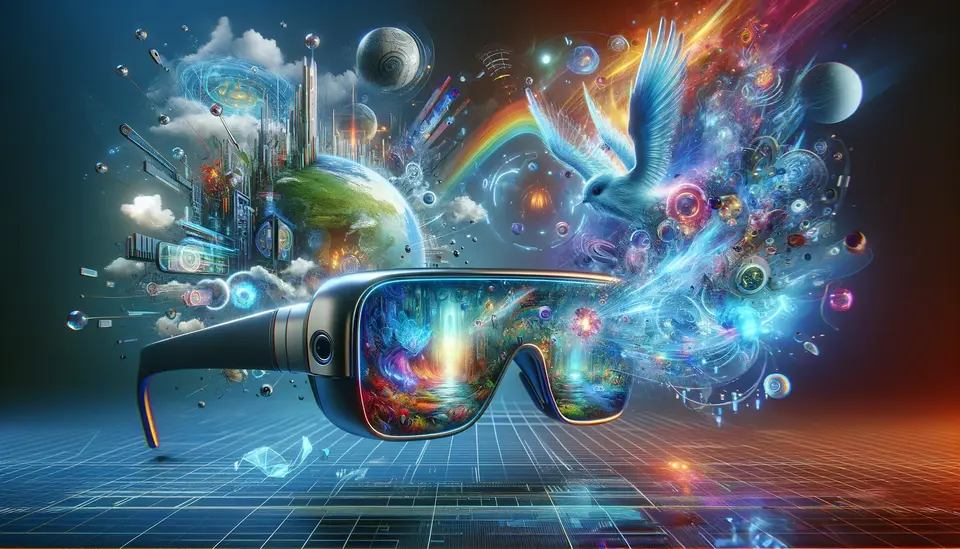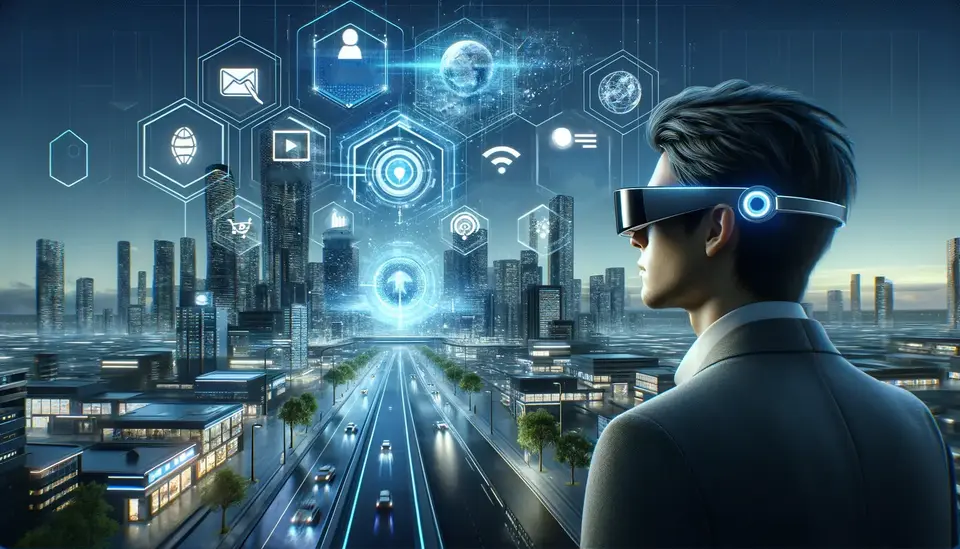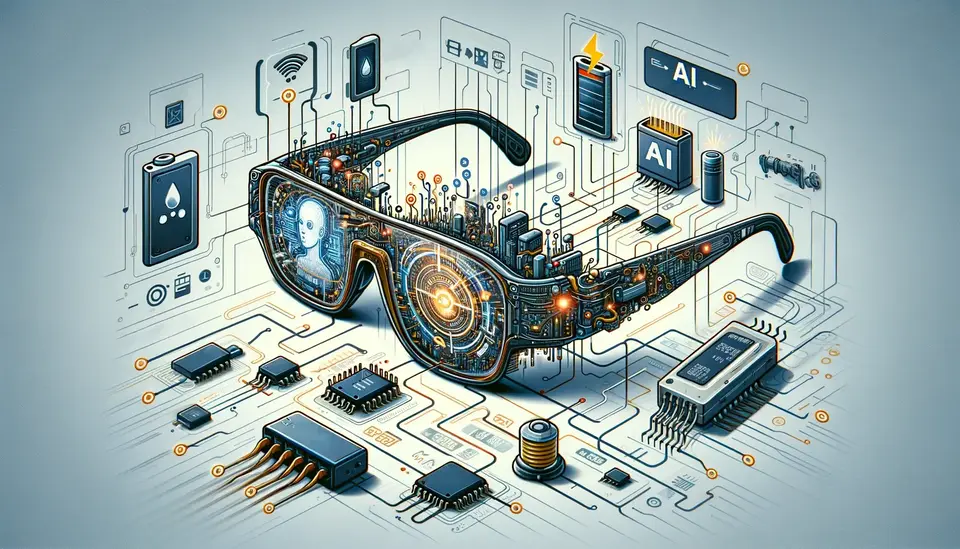Real Examples and Use Cases of Smart Glasses in Design
Posted on May 20, 2023 3 minutes 637 words
Table of contents
Smart glasses are making significant strides in various industries, and the design sector is no exception. These wearable devices, capable of projecting augmented reality (AR) and mixed reality (MR) content, have the potential to revolutionize the way designers create, collaborate, and evaluate their work. In this blog post, we will delve into real examples and use cases of smart glasses in design, exploring how they are transforming the industry and enhancing productivity, creativity, and efficiency.
Virtual Reality Prototyping and Design Reviews
Virtual reality prototyping is one of the most promising applications of smart glasses in design. With devices like Microsoft HoloLens and Google Glass, designers can review and manipulate 3D models in real-time, enabling them to iterate and refine their designs more efficiently.
Ford’s Use of Microsoft HoloLens for Car Design
The automotive giant Ford has been using Microsoft HoloLens for their design process. Designers can visualize proposed design changes instantly without the need for physical prototypes. This approach saves time, reduces costs, and enables more seamless collaboration between teams, revolutionizing the automotive design process.
Remote Collaboration and Assistance
Smart glasses are also becoming indispensable tools for remote collaboration and assistance in design. Devices like Daqri’s smart glasses and Vuzix Blade enable designers to work together on projects despite geographical barriers. By sharing their real-time view, experts can guide on-site workers through complex tasks, overlaying AR instructions and visual cues directly onto the physical environment.
Trimble’s Mixed Reality Solutions for Construction Professionals
Trimble, a leading provider of construction technology solutions, uses Microsoft HoloLens to create mixed reality experiences for architects, engineers, and construction professionals. This allows them to collaborate and visualize designs on-site, reducing errors and streamlining workflows, making construction processes more efficient and accurate.
Fashion and Apparel Design
The fashion and apparel industry has also started adopting smart glasses to revolutionize design processes. Virtual fittings, immersive runway experiences, and personalized shopping experiences are just some of the potential applications.
Nike’s Adoption of AR and MR Technologies for Design Visualization and Collaboration
Nike has been using smart glasses for design visualization and collaboration. By harnessing the power of AR and MR technologies, they can create virtual prototypes, reducing material waste and production time. This helps them create more sustainable and innovative products while minimizing environmental impact.
On-Site Design Visualization
Designers can now use smart glasses to visualize their design concepts on-site by overlaying virtual elements onto the physical environment. This helps them assess the suitability of their designs in real-world contexts and make necessary adjustments accordingly.
Varjo XR-3 for Architectural and Interior Design Visualization
Varjo XR-3 is a smart glasses device that enables architectural and interior designers to explore and evaluate their designs in the context of the actual physical space. By overlaying virtual elements onto the physical environment, designers can assess the suitability of their designs in real-world contexts and make necessary adjustments accordingly.
Accessibility and Inclusive Design
Smart glasses are not only enhancing design processes but also making the world more accessible for people with disabilities. Devices like Aira and eSight provide real-time information and navigation assistance to users with visual impairments, allowing them to navigate the world with greater ease and independence.
Aira’s Real-Time Information and Navigation Assistance for the Visually Impaired
Aira is a smart glasses device that provides real-time information and navigation assistance to users with visual impairments, allowing them to navigate the world with greater ease and independence. By enhancing accessibility for people with disabilities, smart glasses contribute to a more inclusive world.
Conclusion
Smart glasses are undoubtedly revolutionizing the design industry, offering numerous benefits such as increased efficiency, enhanced creativity, and improved collaboration. As these real-world examples illustrate, designers from various sectors are embracing this technology to transform their processes and create a more sustainable, accessible, and innovative future.








